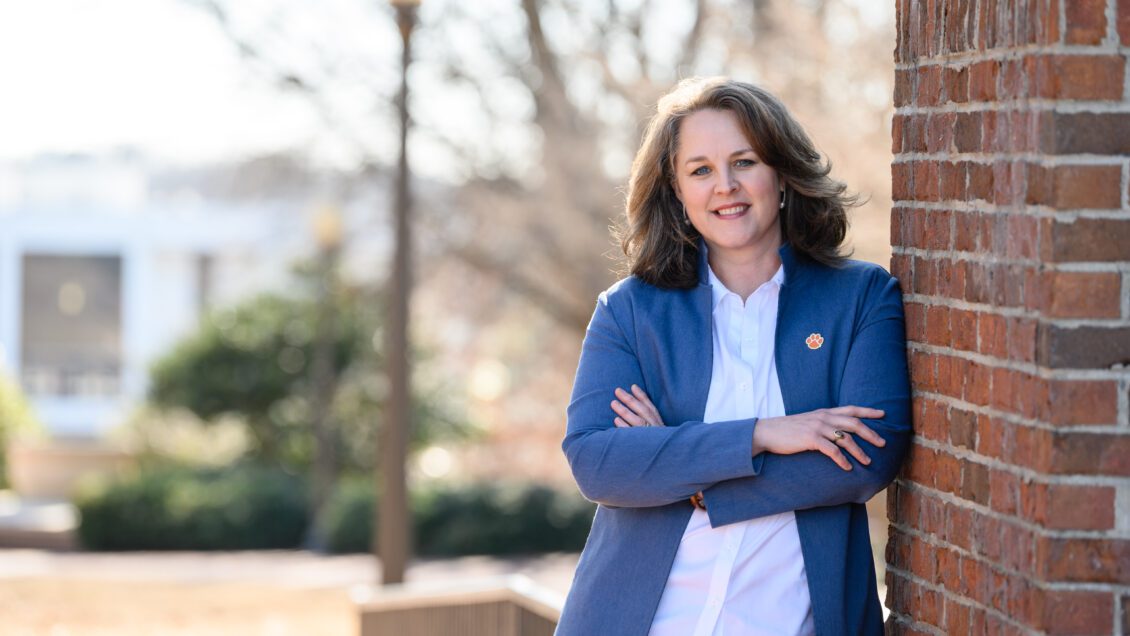With more than 25 years of experience in the health and well-being space, I am well-versed in how people, places and processes work to drive strategy. However, we don’t often talk about what people like me do, to get to a long-term vision of a healthy and well community that thrives together. It’s a process I am happy to share with you this month.
When I begin building a strategy for an organization, the most important thing I want to know is the support I will have from leadership. If you don’t have adequate support from leadership, you won’t be set up for success as the CWO. During my interview process, President Clements asked if I had any questions. The only one I had for him was: “Do you, as a leader, support well-being as a part of your vision for this university?”
President Clements assured me that the well-being of all 28,747 students, 6,281 employees, our alumni, and our community are of vital importance. In fact, he said we wouldn’t be able to do all we hope to do at Clemson if our people aren’t well.
President Clements knows the exact number of students and employees on campus because he cares about each individual person as well as the whole of the community he serves. That kind of leadership is a dream for a Chief Well-Being Officer. It signals to me that Clemson University is ready for a culture of well-being. As I have continued my listening rounds, getting to know leaders, staff, faculty and students, I have continued to be impressed by the positive culture at my alma mater from all levels.
The second step in creating a well-being strategy is intentionally getting to know the key stakeholders and representatives of the population you want to serve. It is important to me as CWO to hear thoughts on well-being from as many people as possible … what’s going well, areas of improvement, and what others would do if serving as CWO for a day. These conversations have been enlightening, exciting and inspiring. The degree of engagement by our community in these discussions again demonstrates key qualities seen in organizations with a culture of well-being.
People light up when they talk about Clemson. There is something in these hills that speaks to people. Our campus drives people towards activity and connected outdoor spaces. Many discuss our unique culture. Others are appreciative of resources available to them such as EAP, CAPS, the CARE Network, Redfern Health Center, and many, many other opportunities to grow and learn. There is a lot of good going on at Clemson in well-being.
But most importantly, there is also a desire to do better. Our community recognizes we have come a long way, but there are always things we can improve. Over the next several months, I’ll be tackling step three in the process — analyze and assess. I’ll be looking at all our programs, the data on our health risk factors, and other sources of information that help identify the key priorities we need to focus on as a university.
These key priorities are largely driven by you, our community members. If you have opportunities to participate in surveys such as the National College Health Assessment (launched February 26 to 5,000 representatively sampled students), or future campus climate and engagement surveys, I encourage you to let your voice be heard. We can’t make Clemson a better place without your input. And if you’d like to drop a note about what’s going well or what you would do if you could be CWO for a day, drop me a note at CUWellbeing@clemson.edu. I can’t promise to make it happen, but I can guarantee I’ll read it.
Until next time, be kind to yourself, and if you can, be kind to someone else, too.
~Anna

